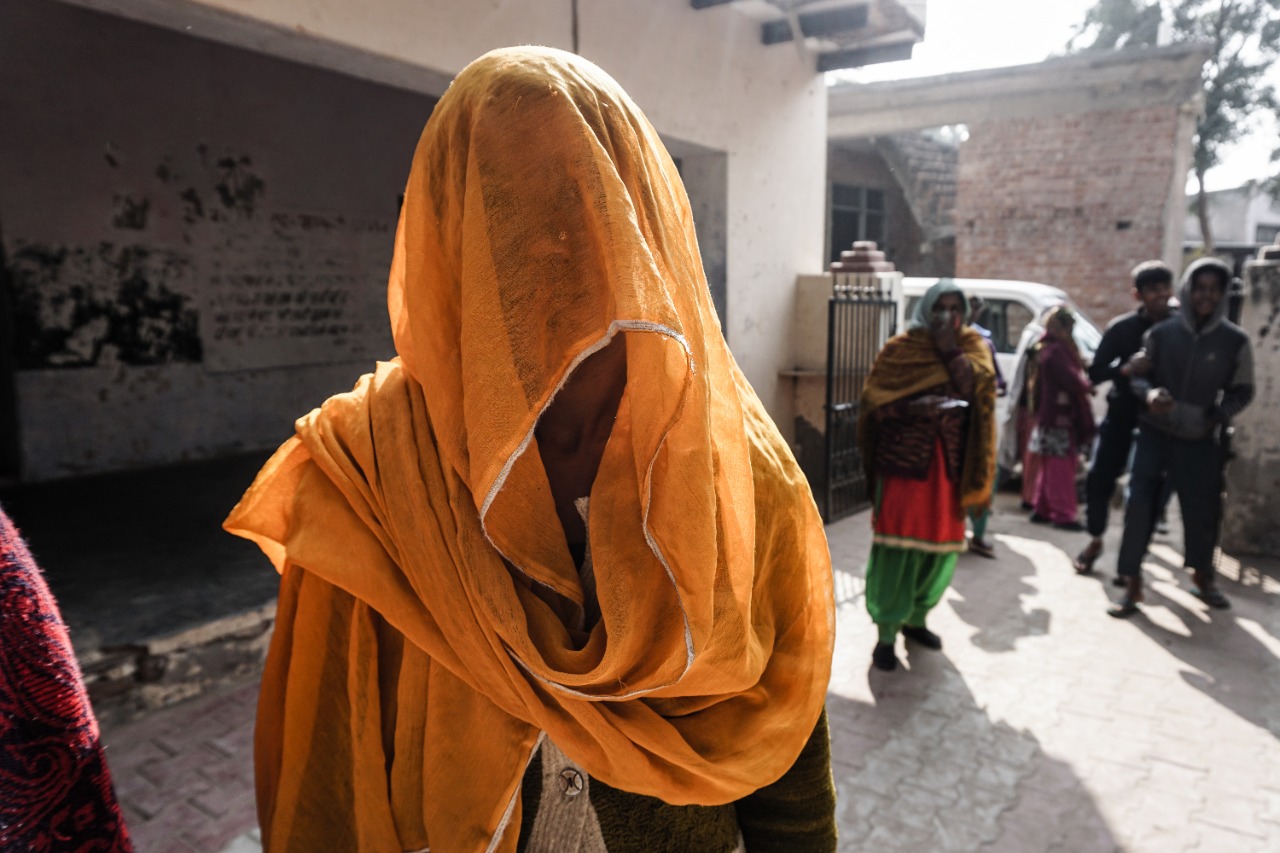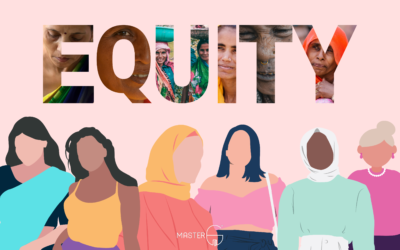Examining India’s “unequal” transition to the post covid-19 world order, is a matter that carries the potential to take a regressive turn onto the ladder of civilized evolution. It’d be safe to say that studying gender inequality, abuse, and injustices through a biopolitical and necropolitical lens, is taking inspiration from the gender crisis in India triggered by the pandemic and the subsequent lockdown.
Covid-19 pandemic has been a great divider in case of India. This division has struck open the gap that exists in the numerous categories of privilege to the umpteen classifications of the poor in our country. The visible divide does not limit itself to be confronted only by what we call natural calamities and systemic precariousness, but is a victim of daily actions of individuals and communities pushing the marginal to the tethers of the social fabric. It is almost amusing how the state and social power structures put in place to ideally govern and foster life, ensure population’s health and productivity, are currently driving people into unstable living conditions and assigning them the status of “living dead”.
Prompting the ever existing and mutating gender crises in the world, it becomes imperative to see the effect of the pandemic on less than half the population of India. The epidemiological reality runs the risk of obscuring the pandemic’s gender component. Though men’s immune systems may be less capable of fighting the virus, COVID-19’s socioeconomic effects are stacked against women. In developing countries like India, where gender inequality is a chronic problem, these effects are most visible.
(Picture Credits: Abhinav Tripathi (Instagram: storiesbybug)
An article published in the Business Standard wore the headline “Covid impact: Women workforce disappearing, most affected in urban India”. Even this headline unfortunately does not encompass the dire impact.
The effect of the pandemic was circular and intersectional when it came to women. According to the statistics provided by the Economic and Political Weekly, it tells a gender-skewed story of labour migration to the urban areas. Though it displays that 80% of the population migrating for work constitutes men, the trends seen from the year 2011 flips the narrative. Internal migration by the females has doubled in the last decade, and it is demanded of them in search of cheap labour. The numbers that came up after 8 months of imposed, 13% fewer women were found to be employed as measure against the previous year, whereas it saw a 2% drop in male populace. Indira Mazumdar, researcher, wrote in her paper, that female migration has gone from 4.1 million to 8.5 million. This is not a number that can be ignored by the policy makers and governing system, yet goes invisible to the eye.
The discriminatory impact remains calamitous when it comes to urban women. The urban women were seen to be the worst hit and the bearer of deep losses. Women entrepreneurs seen struggling to stay afloat , those employed as domestic help, at call centres, own small shops, in handiworks lost their job, savings, and location unable to bear food let alone rent, as interpreted by IndiaSpend.
Women are disproportionately impacted by economic shocks, and their survival is jeopardised by a lack of policy implementation.”Emerging trends underline how the convergence of poverty, gender and marginalization has played out during the pandemic, to render women, and specific categories amongst them, especially vulnerable,” write Indu Agnihotri of CWDS and Asha Hans, founding director, School of Women’s Studies, Utkal University, Bhubaneswar.
According to Vyas, 2.4 million women lost their jobs as a result of demonetization, while 0.9 million men found work. As a result, women suffered the brunt of the demonetization-related job losses. He told IndiaSpend that the economic impact of the COVID-19 pandemic is similar. Although it has “affected both genders,” in absolute terms, men have lost more employment than women simply because men outnumber women in the labour force, according to Vyas. “Women, especially urban women, have taken a disproportionately high toll,” he added.
Let’s take a look at the factors that were put under control to disallow the overwhelming disparaging elements in the state our current female population survives. The elements are of health facilities and economic stability in times when normalcy is restored.
(Picture Credits: Abhinav Tripathi (Instagram: storiesbybug)
Imagine a dashboard’s collection of metrics displays the non-existence of women’s wellbeing and immense risk factors involved in the face of the COVID-19 pandemic by looking at their role in the health sector, access to sexual and reproductive health, and their risk of developing underlying cardiovascular conditions. The second dashboard of metrics looks at women’s economic capacities, defining their participation in both formal and informal economies. Women are at the forefront of the crisis response in both the health and economic aspects, so much so that they are grouped together and still make for a more clear and efficient statistics in terms of work ethic and outlay. Women are at the forefront of the COVID-19 response, placing them at a higher risk of infection. Globally, they account for 70% of jobs in the health and social sector and make up the majority of health facility service staff. Women make up more than 85 percent of nursing staff and almost half of doctors in the extremely high, high, and medium human development classes. Here is your tale of inequality and injustice, where the role in the input and investment by the female populace surges and the return of basic benefits the authorities are required to provide them with, keeps decreasing. To add to the misery, reallocation of resources and goals away from critical areas like sexual and reproductive health services has a negative effect on women’s health.
Such is the state, that the humanitarian crisis has laid its burden so much on half the populace that it seems impossible to climb the ladder back to even reach as high up as we did in the non-pandemic times. The social and economic crisis of COVID-19 must be understood through the prism of gender not only in India, but throughout the world. The policy response must be based on rebuilding economies and communities in ways that allow women to live lives that are healthy, sustainable, and fulfilling.



0 Comments